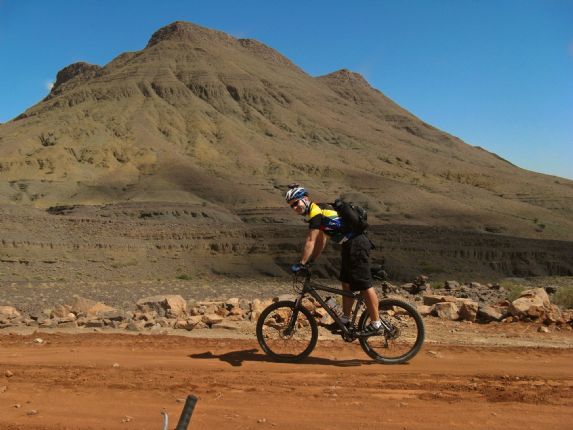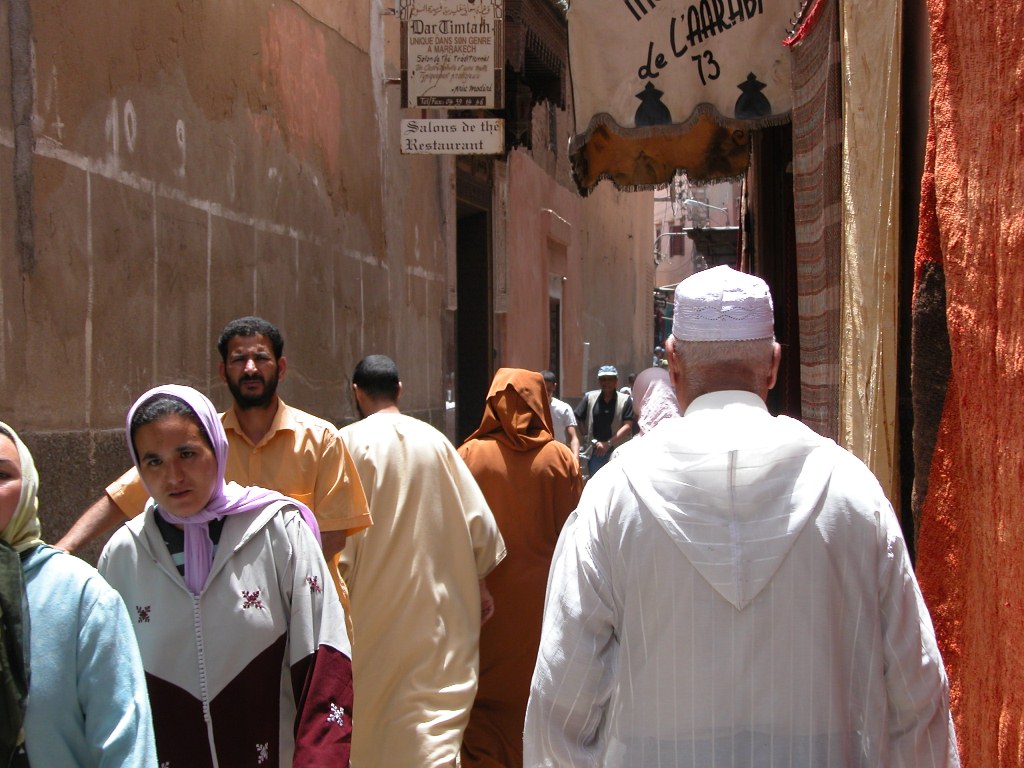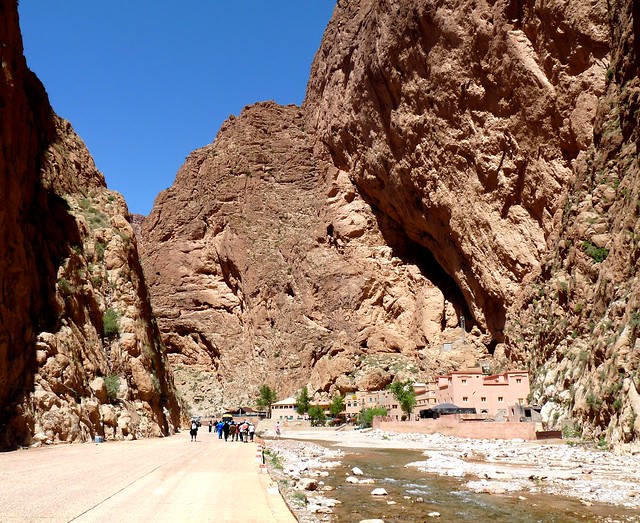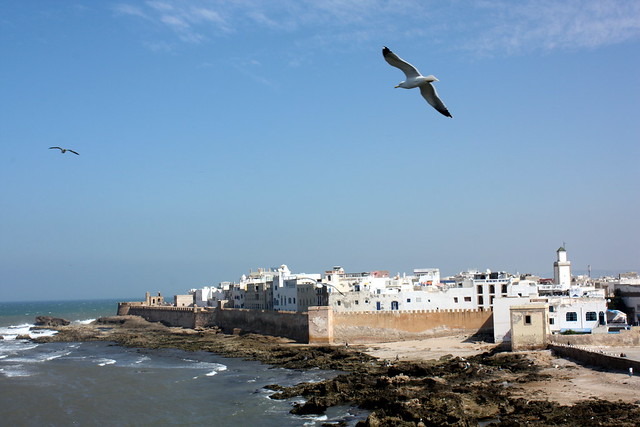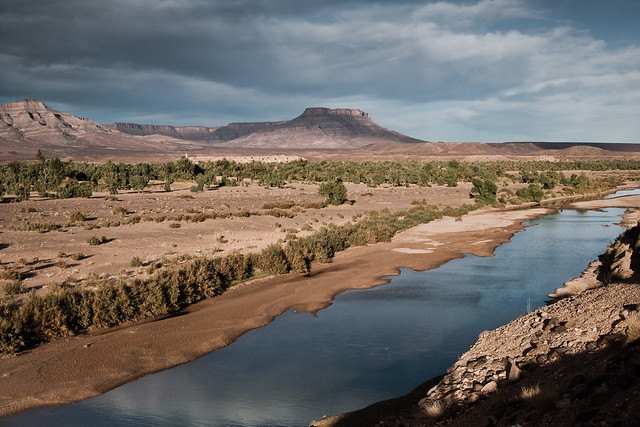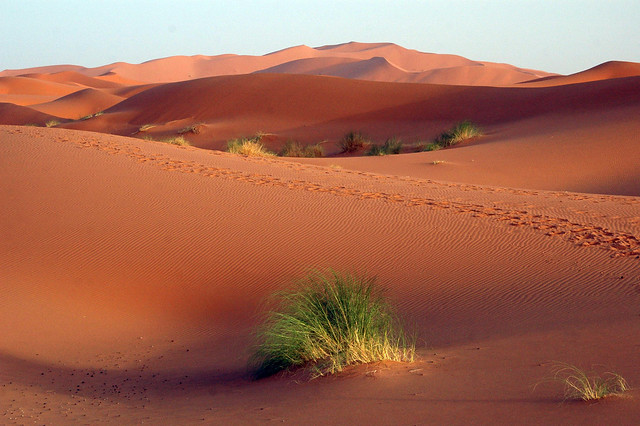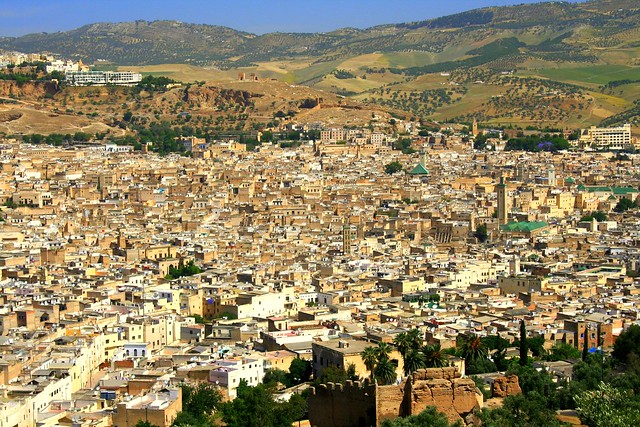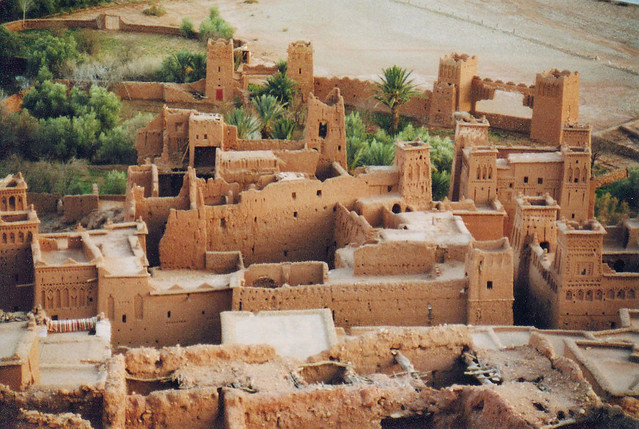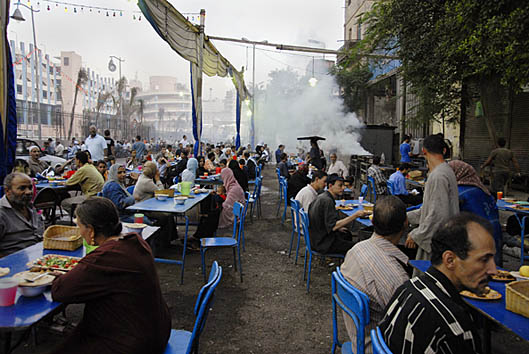Ramadan & Islamic Holidays In Morocco

Ramadan, considered as the most important holiday in Islam, happens on the ninth month of the twelve month lunar calendar followed in Islam. These lunar months are twelve days shorter than the Gregorian calendar, so Ramadan occurs earlier in each Gregorian year.
During Ramadan, a holy holiday, all Muslims fast from sunrise to sunset for one month, only eating after sundown. Non-Muslims are not expected to observe Ramadan, but should be sensitive about not breaking the fast in public. In its observance, Ramadan parallels the traditional Christian Lent. The ninth month of the Islamic calendar, it commemorates the time in which the Koran was revealed to Muhammad. The Ramadan fast involves abstention from food, drink smoking and sex during daylight hours throughout the months. It is forbidden to even drink water.
During the times when you are allowed to eat, it is important to only eat healthy and nutritious things good for your body. The point of Ramadan is to show devotion to Allah and to become a master in self-discipline.
There are a few groups that are exempt from Ramadan, but are expected to make up the days during a later time. These groups include menstruating and postpartum women, pregnant and breast-feeding women, travelers and anyone who feels sick or weak. In addition, children before puberty do not have to fast, although many do so to practice for half the day.
Most of the local cafes and restaurants close during the day during Ramadan, some closing for the entire month. For this reason, tourists are not recommended to travel to Morocco during this holy month. At sunset signaled by the sounding of a siren and the lighting of lamps in all city minarets an amazing sense of calm takes over the streets as the fast is broken for the day.
Traditionally the fast is broken with a bowl of harira and dates. At the breaking of the fast, everyone in the cities and villages spend their evenings celebrating with food and entertainment. The end of Ramadan is celebrated with Aïd es Seghir (Aïd el Fitr, Eid ul-Fitr or Id-Ul-Fitr) a two-day holiday.
While Ramadan may seem like a perplexing holiday to non-Muslims, non-believers may be surprised to learn how much Muslims look forward to the fast. Many feel it is a time of spiritual healing and cleansing. Post Ramadan, many Muslims participate in Shawwal, a six day fast following Aïd el Fitr (Eid ul-Fitr or Id-Ul-Fitr).
Islamic Holidays Morocco
Aïd el Kebir – This holiday is the Moroccan equivalent of the New Year in Western Culture. This “grand festival” also known as Aid el Adha takes place 68 days after Aid es Seghir, commemorates the day that when by divine order Abraham prepared to sacrifice his son Ismail, when Allah interceded by providing a ram in place of a child. Every household sacrifices a sheep and shares the meat at a family meal. In Berber villages families celebrate by putting on their best clothes and the women adorn themselves in Henna. Each fortified village and family opens their home to other families and children offering almonds and mint tea to others who come to celebrate. Children in villages often go from house to house to wish each family “Umbalid.” (Happy New Year)
Moharem– This is a cultural event which Muslims observe on the first day of Moharem, the first month in the Islamic calendar. Many Muslims use the day to remember the significance of this month, and the Hijra, or migration, Islamic prophetMoharem made to the city now known as Medina. Recently, many Muslims have begun exchanging cards and gifts on this day, though this is not commonly done. Since the Islamic lunar calendar year is 11 to 12 days shorter than the solar year, Muharram migrates throughout the seasons.

Mouloud– The Prophets birthday, this holiday is widely observed with a large number of moussems timed to take place in the weeks around it.
Ashorou – This holiday marks the day when a music festival is held thirty days after Aïd el Kebir when people in cities and villages gather together to play traditional instruments and songs. The streets are filled with music and in villages boatmen come to place candelabras full of flaming candles at the Marabout of Sidi Abdallan ben Hasson. Families traditionally gather together to have special meals and offer zakat or a tenth of their annual income to the poor. Street celebrations, bonfires, and fireworks are other common ways of celebrating. Children take the celebrations to the street during the Achoura Festival. Most of them are waiting in anticipation for the big day of Zem Zem. Sharing a name with a well in Mecca, children are free to spray other children and adults with water. The final component of Achoura Festival is the offering of zakat.
Mouloud Moussems Morocco
Moussems are held in honor of saints or marabouts. They are local and rural celebrations for most Moroccans, primarily for the Berbers.
Meknes: Ben Aissa moussem – This is the largest moussem and includes a spectacular fantasia (charge of horses with riders firing guns) held near Place el Hedim in the city of Meknes. For the two festival days each April, white, conical circus like tents are set up in the towns square and a cross between a circus and a medieval style jousting tournament is held. Horses charge in rows with riders firing guns from the saddles, while illusionists, jugglers and glass swallowers perform in the tents. These celebrations spring from a time when the Moussem of Sidi Ben Aissa was a time for the gathering of the Aissoua brotherhood of priests who were renowned for their ability to perform death defying acts while under trances. There is also music, singing and dancing, market souks and a party atmosphere. The main celebrations take place around the tomb of Ben Aissa, the founder of the Aissoua Sufi Brotherhood. Ben Aissa moussem takes place in April each year.

Salé,Rabat: Wax Candle moussem– This festival centers on a procession of wax candle, large latern-light creations, carried from Bab el Rih to the Grand Mosque on the eve of the Mouloud. The candle holders are followed by a variety of brotherhoods that dance and play music. The Wax Candle moussem takes place in April each year.

morocco culture,moroccan food,morocco food,moroccan cuisine,morocco beaches,moroccan meal,beaches in morocco,moroccan culture,hercules cave,hercules cave morocco







